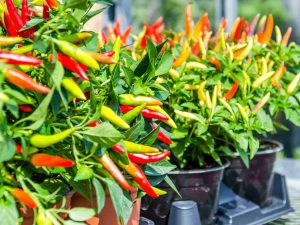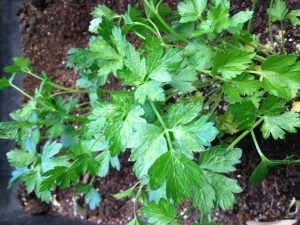Potato Companion Plants
There are many types of potato companion plants. We will show some interesting facts about potato companion plants. Have you any idea about potatoes companion plants or planting. There are many types and benefits of potato companion planting.
Companion planting is a time-tested gardening method that protects and enriches vulnerable plants. Farmers and gardeners plant certain plants near each other so as to deter insects, attract beneficial insects, and spark growth. Here are some ideas about Potato Companion Plants, We hope it will very helpful for you.
Companion Plants to Grow Alongside Potatoes
OR
Good Companion Plants for Potatoes
Here’s a quick companion planting guide That Will Help You decide what to plant along with your berries –from vegetables to flowers to aromatic blossoms.
Cabbage household plants
Potatoes are a terrific alternative for planting near plants in the cabbage (brassicas) family–including broccoli, cabbage, cauliflower, collard greens, kale, and kohlrabi–since these plants have shallow root systems which won’t compete for your nutrients or space which potatoes need. It is a great way to make the most of the space of your garden. While potatoes grow mainly underground and need hardly any above-ground surface area, corn is the reverse –it grows tall and has shallow roots. Planting potato plants among your corn stalks will take advantage of the different needs and optimize area in your garden.
Chives
Chives are a shallow-rooted herb which attract beneficial insects and do not use exactly the exact same space that potatoes do from the backyard. As a bonus, chives are a favorite herb to high potato dishes such as baked potatoes and roasted potato skins. Cilantro (also referred to as coriander) is considered one of the very best companion plants. It is an herb with umbrella-shaped flowers that are great at bringing beneficial insects (like ladybugs, hoverflies, parasitoid wasps, and lacewings) that will prey on insects that are harmful, such as Colorado potato beetles. The tannins and linseed oils at the flax plant help deter Colorado potato beetles.

Horseradish
Does horseradish repel Colorado potato beetles, it also can improve potato plants’ disease immunity.
Leeks
Leeks are a shallow-rooted allium that don’t use the exact same space that potatoes do in the garden. As a bonus, leeks are a favorite addition to potato dishes like scalloped potatoes.
Legumes
From sugar snap peas to green beans, beans are a terrific choice to grow with potato plants because they provide much-needed nitrogen in the soil. In addition, potato plants discourage the Mexican bean beetle, a pest of several legumes.
Marigolds
Marigolds are among the most popular companion crops since they repel a huge variety of pests, such as potato beetles–a common pest of olive oil.

Nasturtiums
Nasturtiums are pretty flowers that bring harmful insects such as aphids and potato beetles. While this may seem counterintuitive, many anglers plant nasturtiums a brief distance away in their vegetable garden to attract pests away from their crops.
Plants to Avoid Planting Next to Potatoes
OR
Bad Companion Plants for Potatoes
- Carrots
- Cucumbers
- Eggplant
- Fennel
- Onions
- Peppers
- Pumpkins
- Raspberries
- Squash
- Sunflowers
- Tomatoes
- Turnips
- Proper companion planting technique can also mean not placing some plant species close together if they have a negative influence on one another. Some motives for avoiding close planting include:
- Plants may influence the taste of additional crops negatively.
- Plants could compete with one another for sun, soil nutrients, or space.
- Plants may lure the Identical destructive insects
- Plants may have similar disease susceptibility
- Although it is in the nightshade family, you should avoid planting berries near any other plants in the nightshade family. It’s even best to avoid planting berries is the same soil where nightshade plants have recently been developed. Including eggplant, peppers, and berries.

- Since potatoes are from the nightshade family, and therefore they are susceptible to a number of the same diseases as other members of their household.
- Planting nightshade species close together (either in space or in time) creates optimal conditions for certain bacterial and bacterial diseases to thrive. You need to allow a full two years prior to replanting a nightshade plant at precisely the same soil which has grown other nightshade plants.
- There are a number of crops that allegedly boost the probability of potato blight. These include raspberries, sunflowers, pumpkins squash, and cucumbers.
- Asparagus, carrots, fennel, turnips, and onions appear to stunt the growth of potatoes.
Other Related Posts
If you are really enjoyed from this post you can share this article to your friends and your Facebook, twitter, Pinterest, and other accounts. We will thankful to you!
Here are some related posts that you can read:
What is Nuts? And Types of Nuts
Uses and Benefits of Potash Herbs




